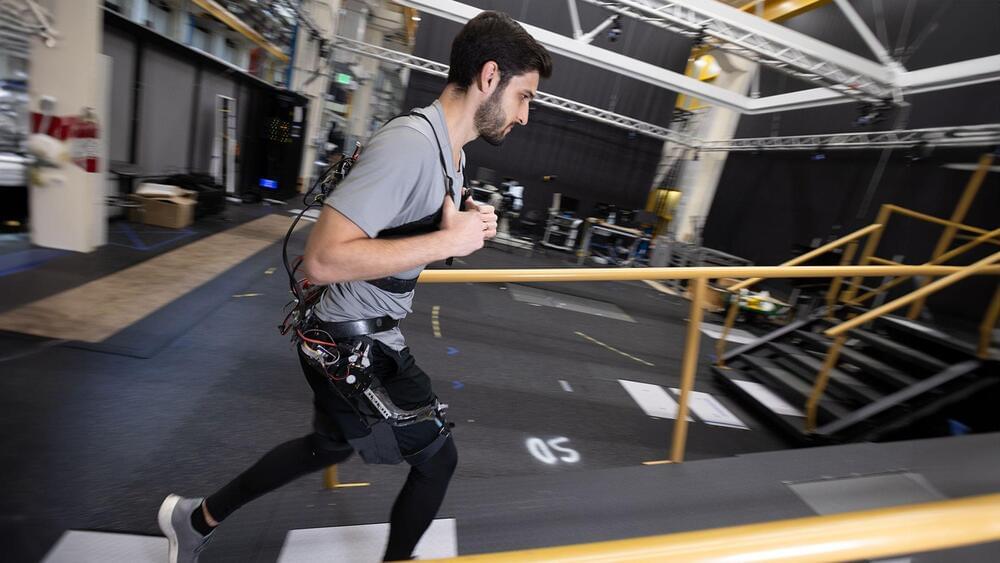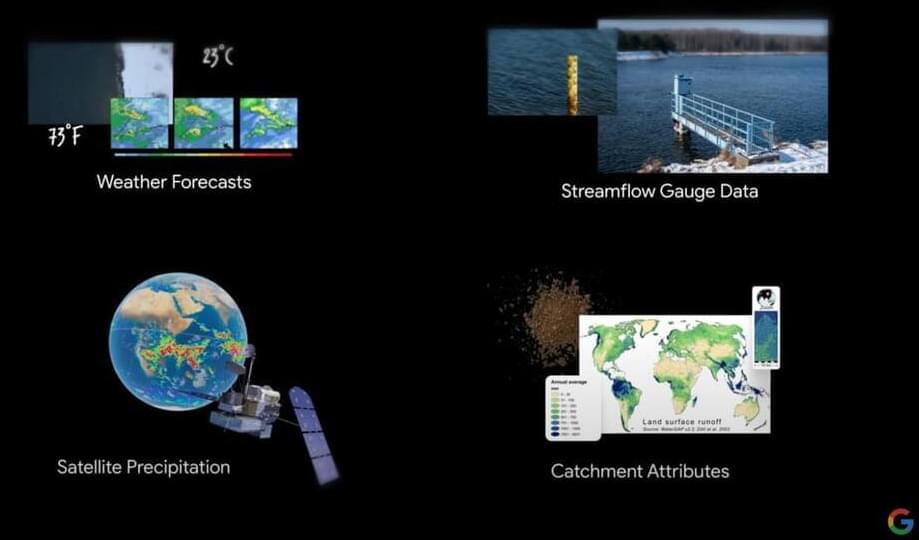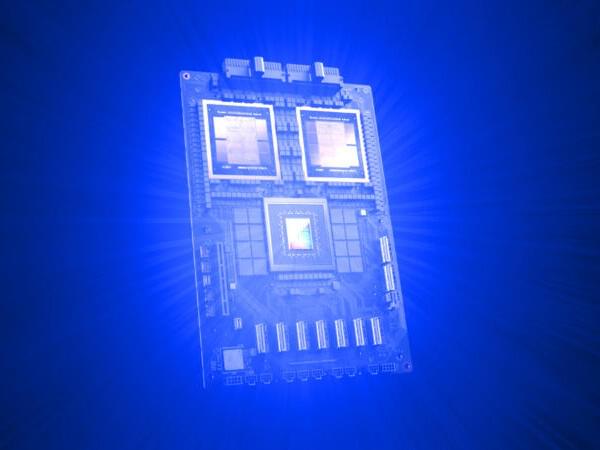CNBC’s Steve Kovach joins ‘Halftime Report’ to discuss the latest news on Microsoft’s new AI PC launch.
Category: robotics/AI – Page 662


Researcher devise AI robotic exoskeleton requiring no training
This robot is equipped with AI-backed deep learning algorithms to autonomously manage assisting users with underlying physiological conditions.
The robot illustrated seamless functioning that supports users in walking, standing, and climbing stairs or ramps. Scientists call it, a “unified control framework.”

Google might let Apple use Gemini, but Apple still has its own LLM coming
Apple quietly submitted a research paper last week related to its work on a multimodal large language model (MLLM) called MM1. Apple doesn’t explain what the meaning behind the name is, but it’s possible it could stand for MultiModal 1.
Being multimodal, MM1 is capable of working with both text and images. Overall, its capabilities and design are similar to the likes of Google’s Gemini or Meta’s open-source LLM Llama 2.
An earlier report from Bloomberg said Apple was interested in incorporating Google’s Gemini AI engine into the iPhone. The two companies are reportedly still in talks to let Apple license Gemini to power some of the generative AI features coming to iOS 18.

Google used AI to accurately predict floods up to 7 days in advance
Google just announced that it has been riverline floods, up to seven days in advance in some cases. This isn’t just tech company hyperbole, as the findings were actually published Nature. Floods are the most common natural disaster throughout the world, so any early warning system is good news.
Floods have been notoriously tricky to predict, as most rivers don’t have streamflow gauges. Google got around this problem by with all kinds of relevant data, including historical events, river level readings, elevation and terrain readings and more. After that, the company generated localized maps and ran “hundreds of thousands” of simulations in each location. This combination of techniques allowed the models to accurately predict upcoming floods.

Team proposes using AI to reconstruct particle paths leading to new physics
Particles colliding in accelerators produce numerous cascades of secondary particles. The electronics processing the signals avalanching in from the detectors then have a fraction of a second in which to assess whether an event is of sufficient interest to save it for later analysis. In the near future, this demanding task may be carried out using algorithms based on AI, the development of which involves scientists from the Institute of Nuclear Physics of the PAS.
Elon Musk companies are gobbling up Nvidia hardware even as Tesla aims to build rival supercomputer
While Elon Musk says Tesla is trying to build an AI supercomputer, his companies are spending billions of dollars on Nvidia hardware.
Sam Altman Shuts Down Q* Questions
OpenAI CEO Sam Altman is remaining tight-lipped about the company’s secretive Q* project — even after admitting that his company is something of a leaky ship.
Even among those who followed along with OpenAI’s November massacre that saw Altman temporarily ousted, it’s easy to overlook the Q* (pronounced “queue-star”) of it all, particularly because nobody outside the company really knows what the heck it is.
The speculation-laden project was linked to the chaos at the firm in the aftermath of that failed coup, and at the end of 2023, OpenAI refused to answer any questions about it — a posture Altman continued in a new interview with tech podcaster Lex Fridman.

